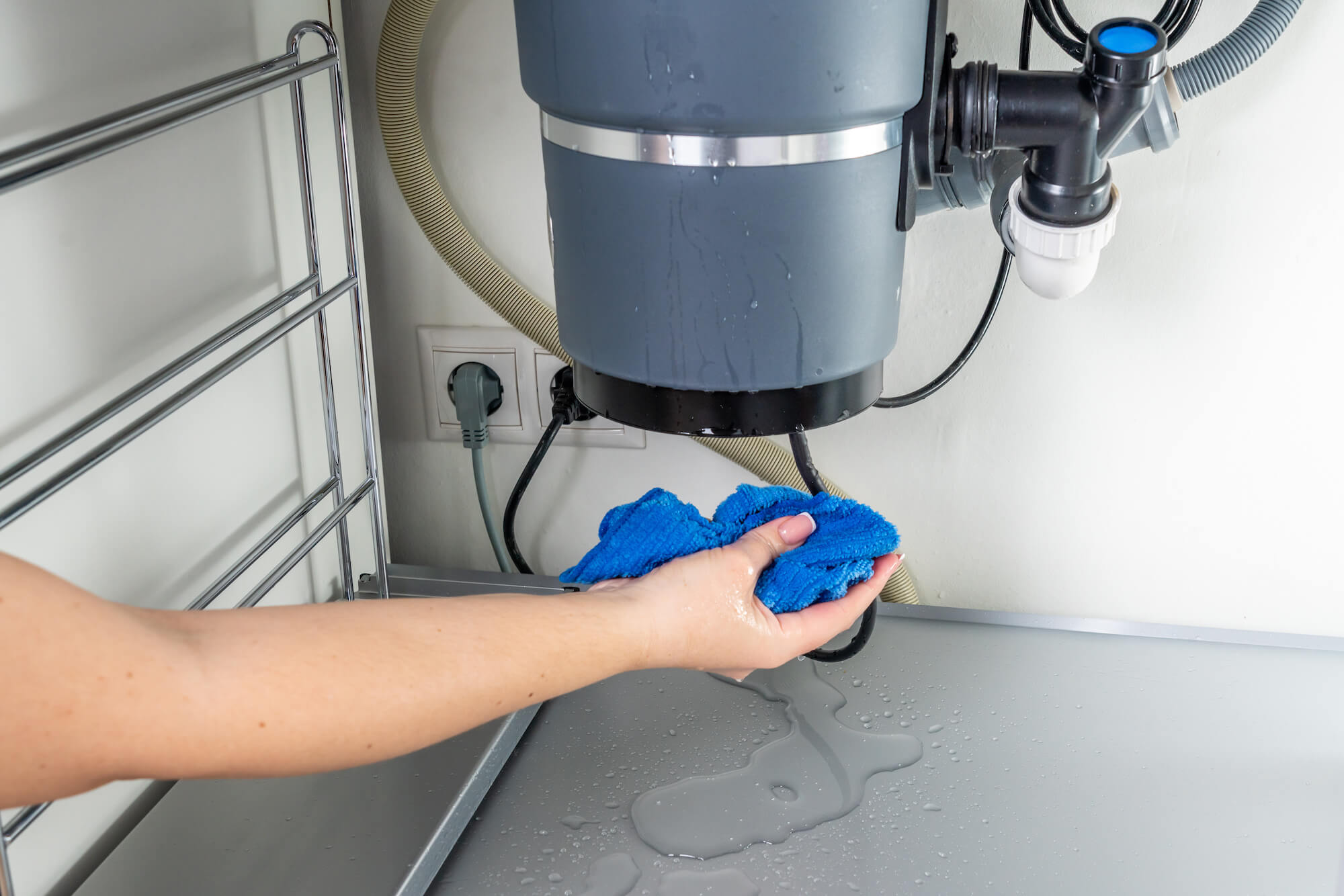$0 Call Out Fee*
Fast 60 Mins Response

5 Ways to Detect Water Leaks Before They Cause Major Damage
While water damage caused by plumbing leaks may be obvious, many times the source of the leak can go undetected until it has done significant damage to your home and belongings.
How to find water leaks at home? Here are 5 ways to detect water leaks in your home before they cause major damage.
Watch the Water Meter
If you’re worried about leaks in your home, monitoring your water meter will provide you with a clear answer. The monitoring steps are:
- Make sure the washing machine and dishwasher are not running and shut off all the water taps in your house.
- Make a note of the figures you observe when you check the water meter. Return and recheck in an hour. There must be a leak somewhere if the numbers have changed.
- Turn off the shut-off valve on the main water supply pipe in your home to establish whether the leak is inside or outside. The place where the water pipe enters the house is either a basement or a utility room.
- Wait another hour while you check the water meter, record the data, and then check again. If the figures remain the same when you check again, your house probably has a water leak. The leak is in the underground water main that runs to the house if the numbers have changed.
Check Water Usage
The easiest way to detect water leaks is by checking your water usage. Keep track of how much water you’re using every day (for instance, use a running total on your phone or write it down). You may even want to do a comparison with your neighbour or family member to make sure there aren’t other factors at play.
If you notice an unusual spike in usage, odds are something is wrong and needs to be fixed. Water leaks can occur in any number of places—in walls, in appliances and behind furniture or fixtures—so it’s important to know where they are so you can fix them fast.
Check The Toilet
The toilet is an easy target for water leaks. If you’re like most people, your toilet is one of those fixtures that you clean, flush, and forget about. This makes it a prime candidate for leaks. There are two potential problems to keep an eye out for: A silent leak—what plumbers call an insidious leak—or a dripping tap that could eventually lead to water damage.
To check for these leaks, add some food coloring to your tank and let it sit overnight. If you see colored water in your bowl in the morning, there’s likely a problem with either your flapper or fill valve.
Check The Taps
Just because you can’t see a leak doesn’t mean it isn’t there. If water is escaping through a hidden crack or hole, it will often leave behind dark spots on walls or floors. While these stains can look innocuous, they can lead to major water damage in time.
Inspect your plumbing fixtures and taps each month to make sure that no leaks are happening around them. This can be as simple as turning off your shower or running some water while you look underneath for telltale signs of a leak.
Also, keep an eye out for pooled water under sinks and inside your washing machine—these areas often have small cracks that allow gallons of water to escape over time without being noticed until major damage has been done.
Call A Plumber
You can spot a water leak at home yourself, but if you’re unsure of what to look for, it might be better to call an expert.
Our professional plumbers can perform free on-site inspections, find and repair leaks, determine if any damage has been done to your ceiling or flooring, and provide guidance on how to stop any more leaks from occurring.
